
ERIE's foundation
1924
H.O. Hirt and O.G. Crawford join forces
Two men with a dream — Oliver Grover Crawford and Henry Orth Hirt — leave their jobs at Pennsylvania Indemnity Exchange (PIE). When they leave PIE, the company hires six salesmen to replace them.
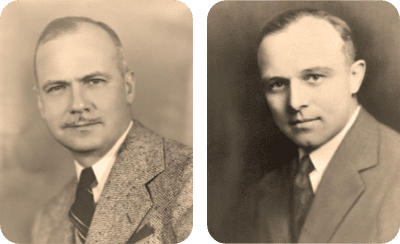
1925
Hirt and Crawford raise support
Mr. Hirt and Mr. Crawford write a business plan on a 10-cent tablet (the equivalent of a business prospectus) and raise $31,000, winning over 90 stockholders, in just under 4 months.
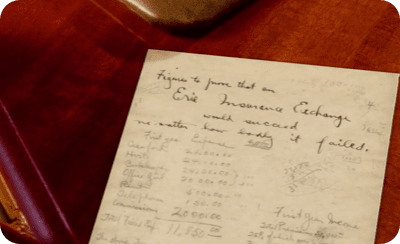
1925
Hirt and Crawford start Erie Insurance Exchange
Erie Insurance Exchange begins operations in Erie, Pennsylvania, on April 20. H.O. Hirt is Secretary and General Manager. O.G. Crawford is Vice President. H.O.’s 1920 Dodge is insured on the new company’s 11th policy, effective on ERIE’s first day of business. The annual auto premium is $34.
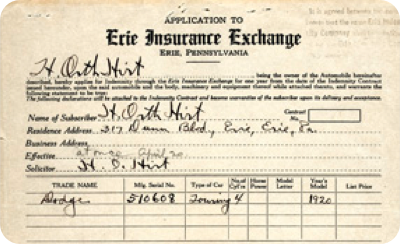
1925
A mantra is born
Mr. Hirt and Mr. Crawford coin the phrase, “Above all in sERvIcE” with letters for “erie” capitalized in the last word. This still serves as the company’s tagline today.
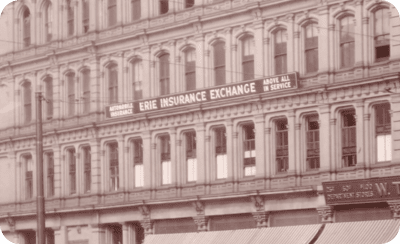
1927
First Claims manager joins ERIE
Sam P. Black Jr. joins The ERIE as the new company’s first full-time adjuster and claims manager. Sam lives up to ERIE’s promise of 24-hour service with the use of an office phone extension in his room at the YMCA.
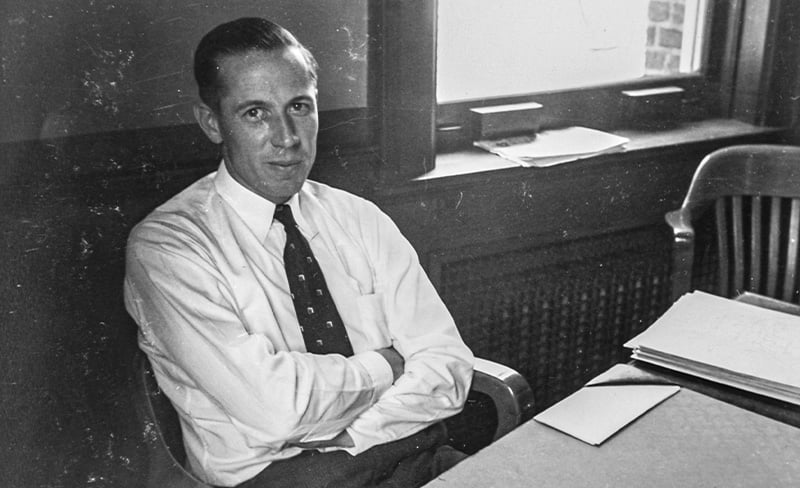
1928
ERIE opens its second office
After only 3 years, a growing business calls for a second location. ERIE opens a one-person office in Pittsburgh, Pennsylvania.
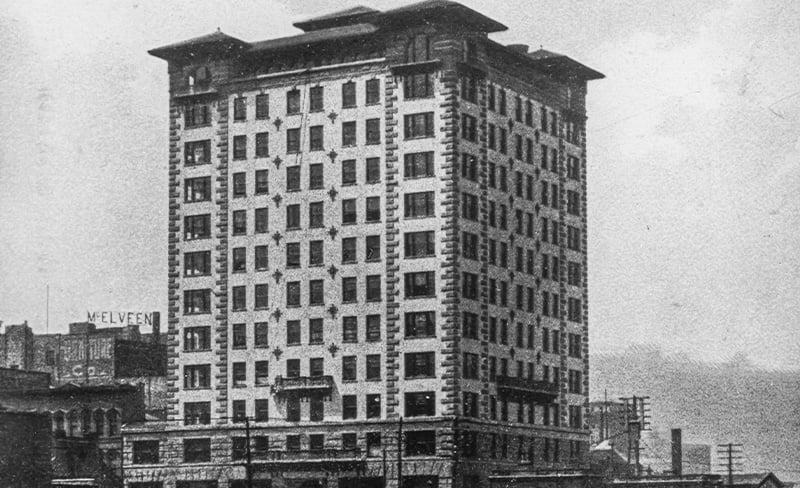
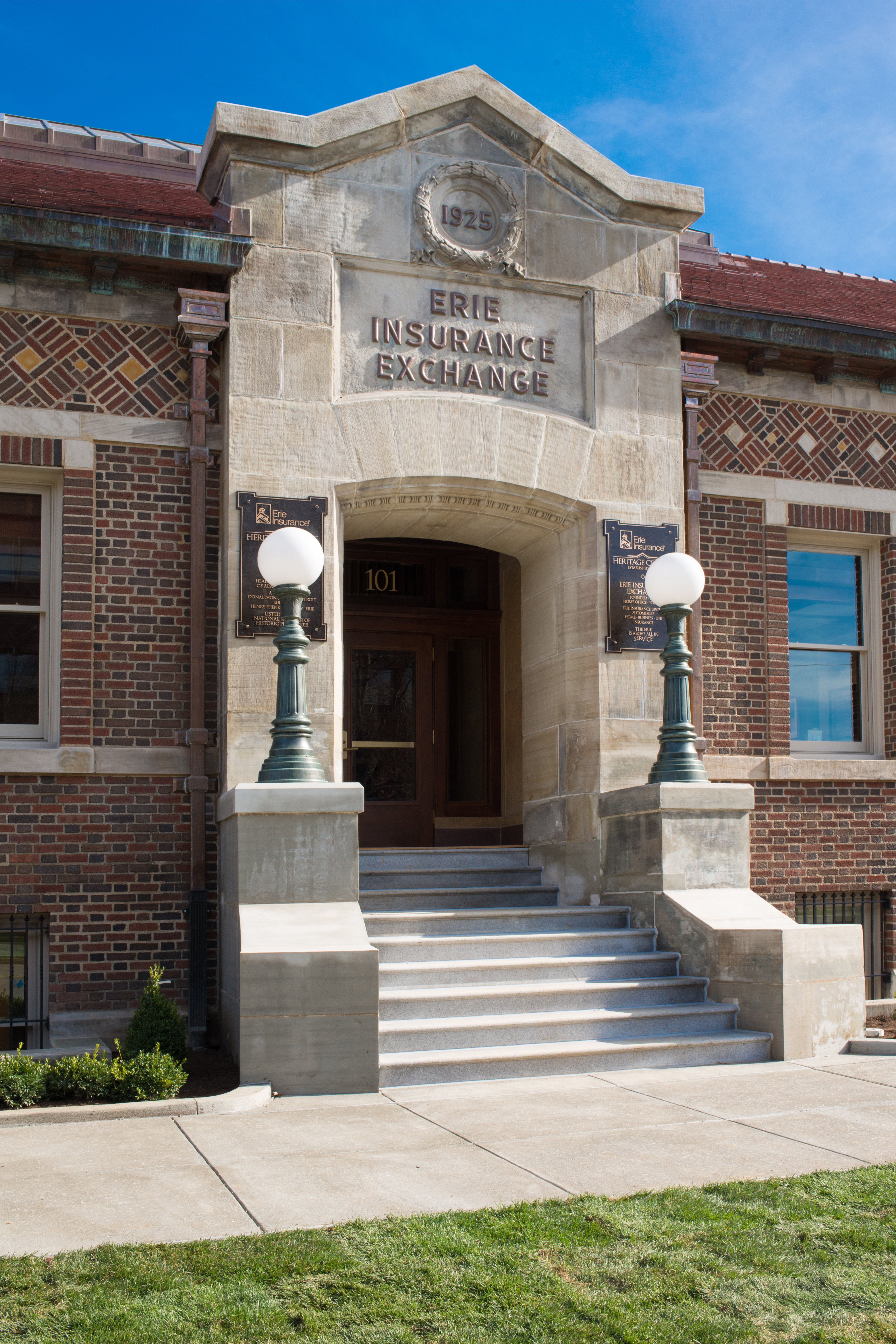
Open the door to the past
Explore the company’s rich history at the Erie Insurance Heritage Center. Located in the C.F. Adams Building — which also served as the second home office — nine galleries feature collections of images and objects from the ERIE archives.